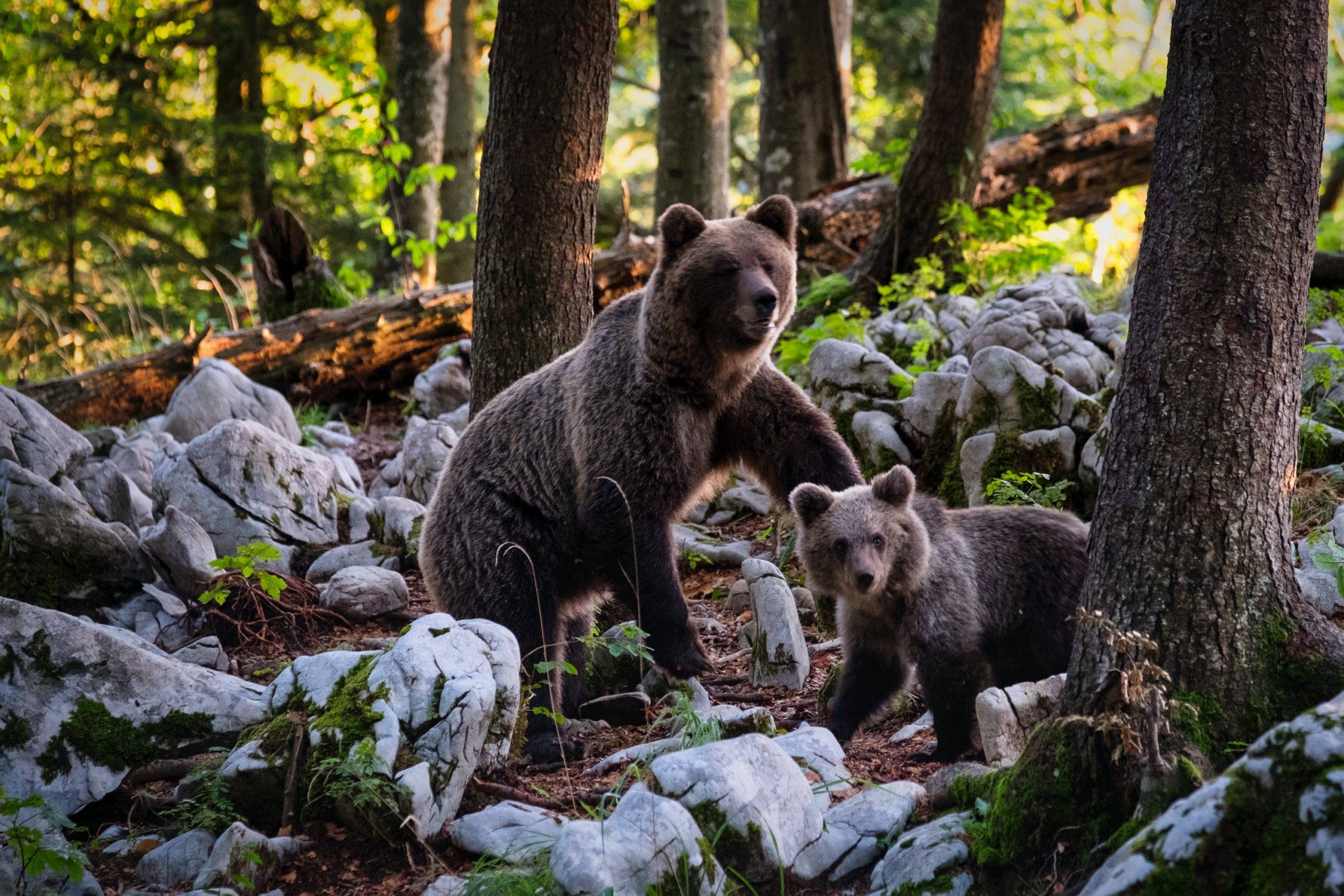For wildlife enthusiasts and the merely curious, bears are extraordinary to see. At least, in my experience, that is. Their size is majestic, and just a mere glimpse is a once-in-a-lifetime experience.
There’s just one problem: encountering them in the wilderness is less majestic and more terrifying.
But there are safe places where you can see a bear – US National Parks! Each park has guidelines and regulations to make your experience the best.
I compiled a list of US national parks for you to visit. Read some of my tips on visiting places with bears, too!
For a complete list of U.S. National Parks, check it out here!
The Top 8 Best National Parks In The US To See Bears
There are many national parks where you can see all the bears you want, but my recommendations below are some of the best national parks:
#1 Yellowstone National Park
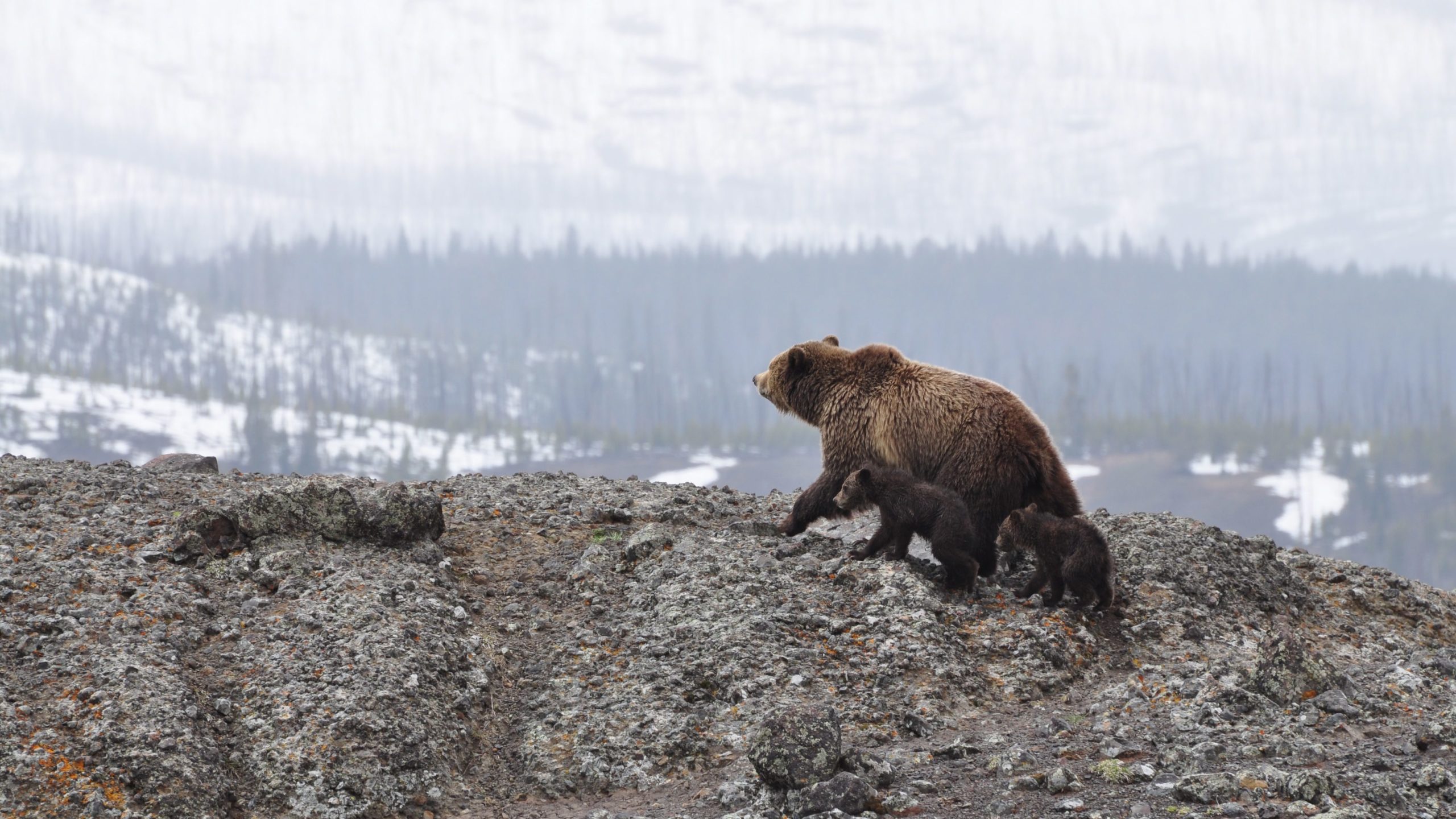
Where To Find Yellowstone National Park:
- Wyoming, USA. Extends to Montana and Idaho.
- Location: Click here
Bear Species:
- Black bears
- Grizzly bears (around 150 in number)
Yellowstone National Park has a long history with black bears and grizzly bears! It’s the first national park in North America and the world.
In the 1970s, both grizzly bears and black bears were common on the road and in developed park areas. They’re still common, but Yellowstone National Park is now bear-proof.
According to the National Park Service, they’re numerous in the Hayden Valley!
The Yellowstone National Park, Wyoming, also has distance regulations:
- View them in your car or while walking on trails.
- Stay at least 100 yards from any grizzly bear or black bear you might see.
- Stay on designated park trails.
- If you can, wear bells – something that’ll alert them. Some may not recommend it, so ask your park guide!
While you explore the wildlife, keep an eye out for creatures like elk and bison.
A black or grizzly bear doesn’t have to be the only thing you look out for in the park. Plus, there are also ungulate species running around in the best national parks.
#2 Glacier National Park
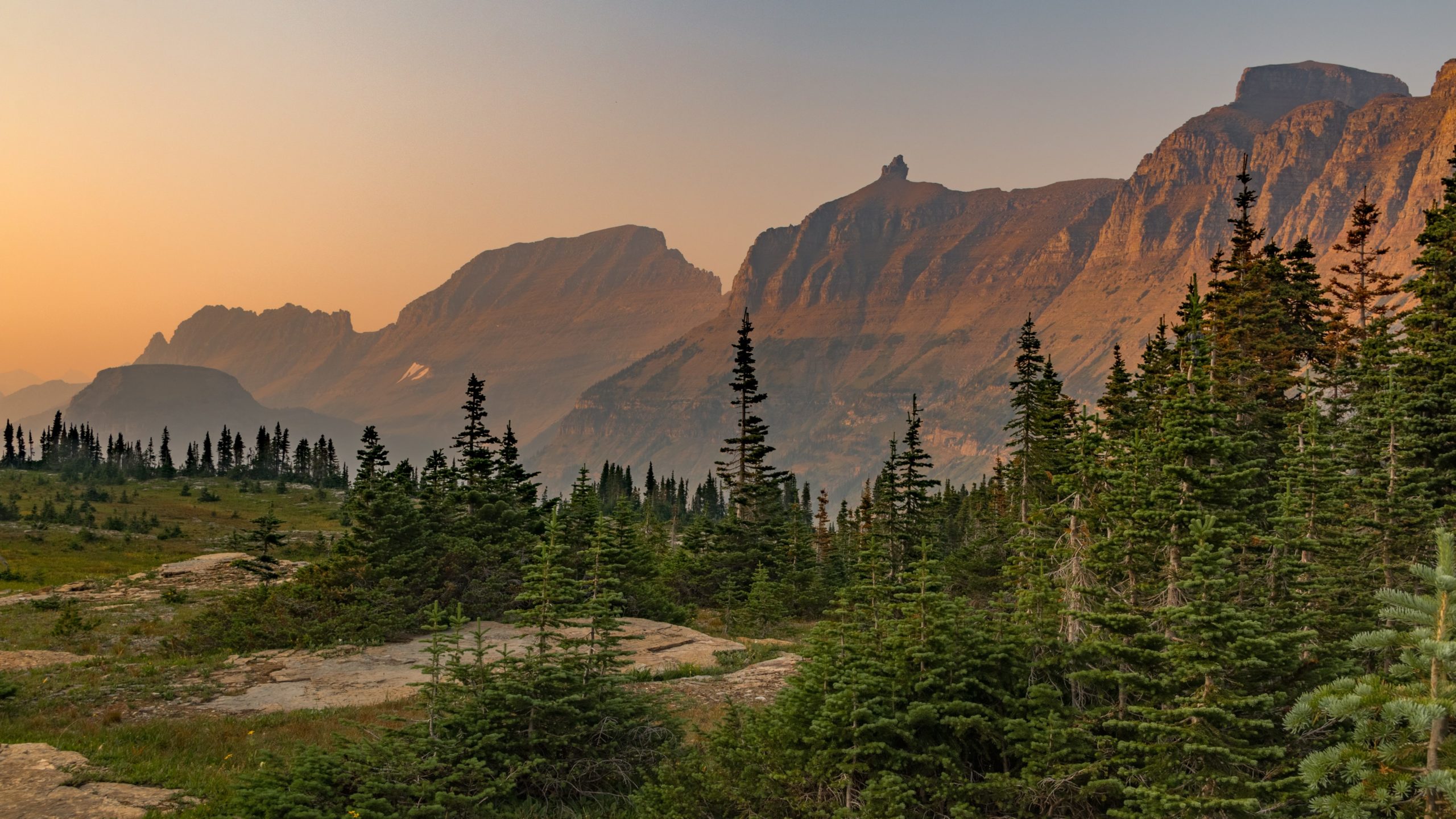
Where To Find Glacier National Park:
- Montana, USA
- Location: Click here
Bear Species:
- Black bears
- Grizzly bears
The Glacier National Park offers ranger-led hikes to explore the wildlife. You can see a black or grizzly bear on their trail.
Stay with the group and the ranger. You’ll be safer with more people around you and a knowledgeable guide.
You can also fish, hike, camp, and go on tours at Glacier National Park. Get your fill of nature while you’re there!
It’s been around since 1910 and is the 10th national park in the United States. It’s famous for its wildlife and adventures! Aside from black and grizzly bears, there are a lot of mountain goats to discover, too.
If you’re interested in discovering more, the Waterton Lakes National Park in Canada is its close neighbor.
#3 Denali National Park
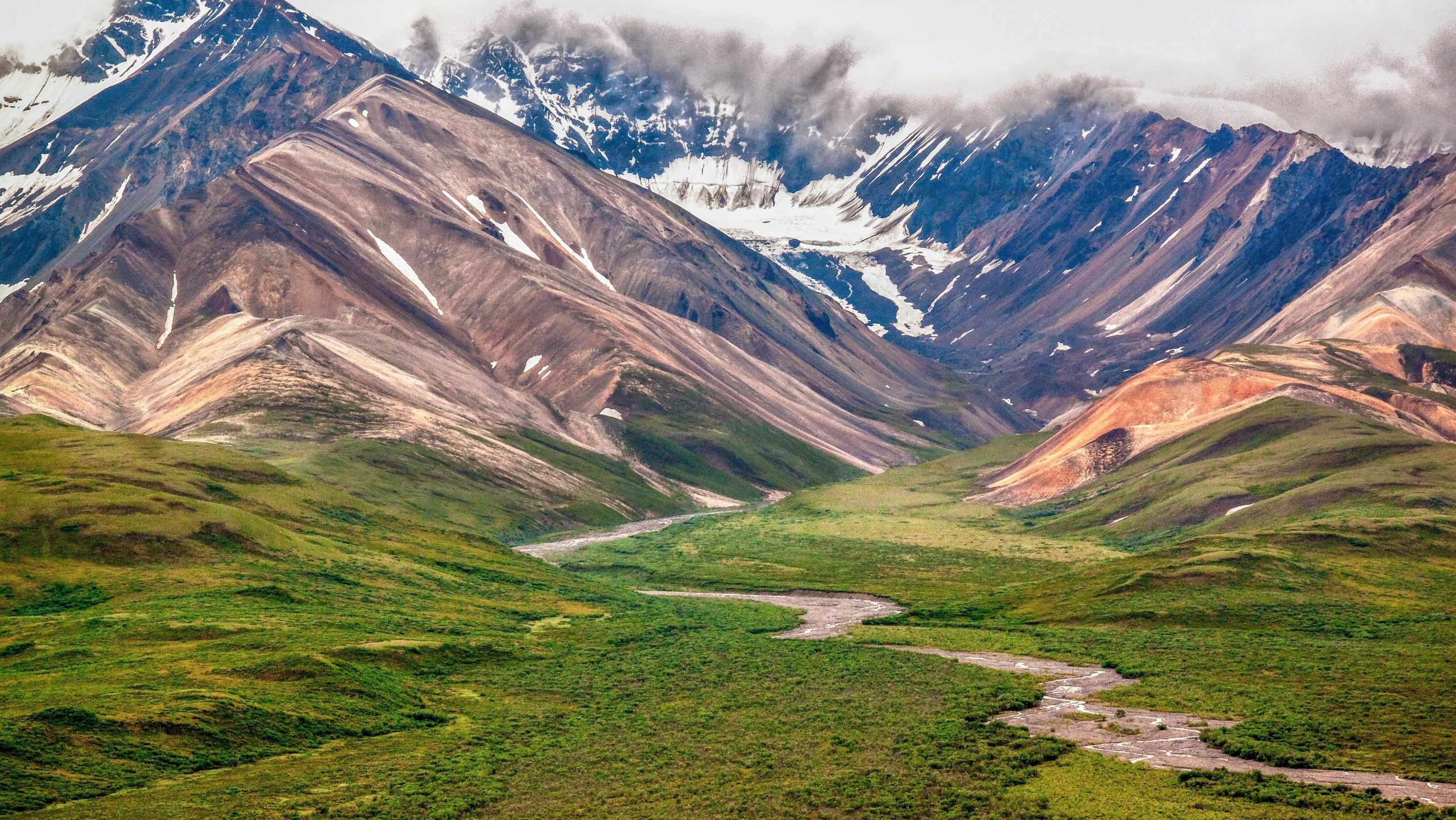
Where To Find Denali National Park:
- In Alaska, USA. The park center is at Denali, the highest peak you can find in Alaska and North America.
- Location: Click here
Bear Species:
- Brown bears or grizzly bears (densities vary, but there are 300-350 brown bears on the north side)
- Black bears (2700 in number)
This national park and preserve in Alaska is home to brown and black bears! Denali National Park wildlife technician Gregory Colligan encourages people to prepare accordingly.
Aside from seeing them in Denali National Park, you can find them swimming, too.
Unlike other national parks, Denali National Park allows companion dogs. However, they can’t go onto the park trails with you!
Besides, dogs can chase both grizzly and black bears, and they will chase them right back. It’s not safe.
A sighting in Denali National Park, Alaska is a great experience. After, you can choose to go mountaineering, sledding, and climbing. You can even see the famous Northern Lights in Alaska! Camp, stay in a hotel or rent out a cabin while enjoying all the activities in the park wilderness areas.
#4 Grand Teton National Park
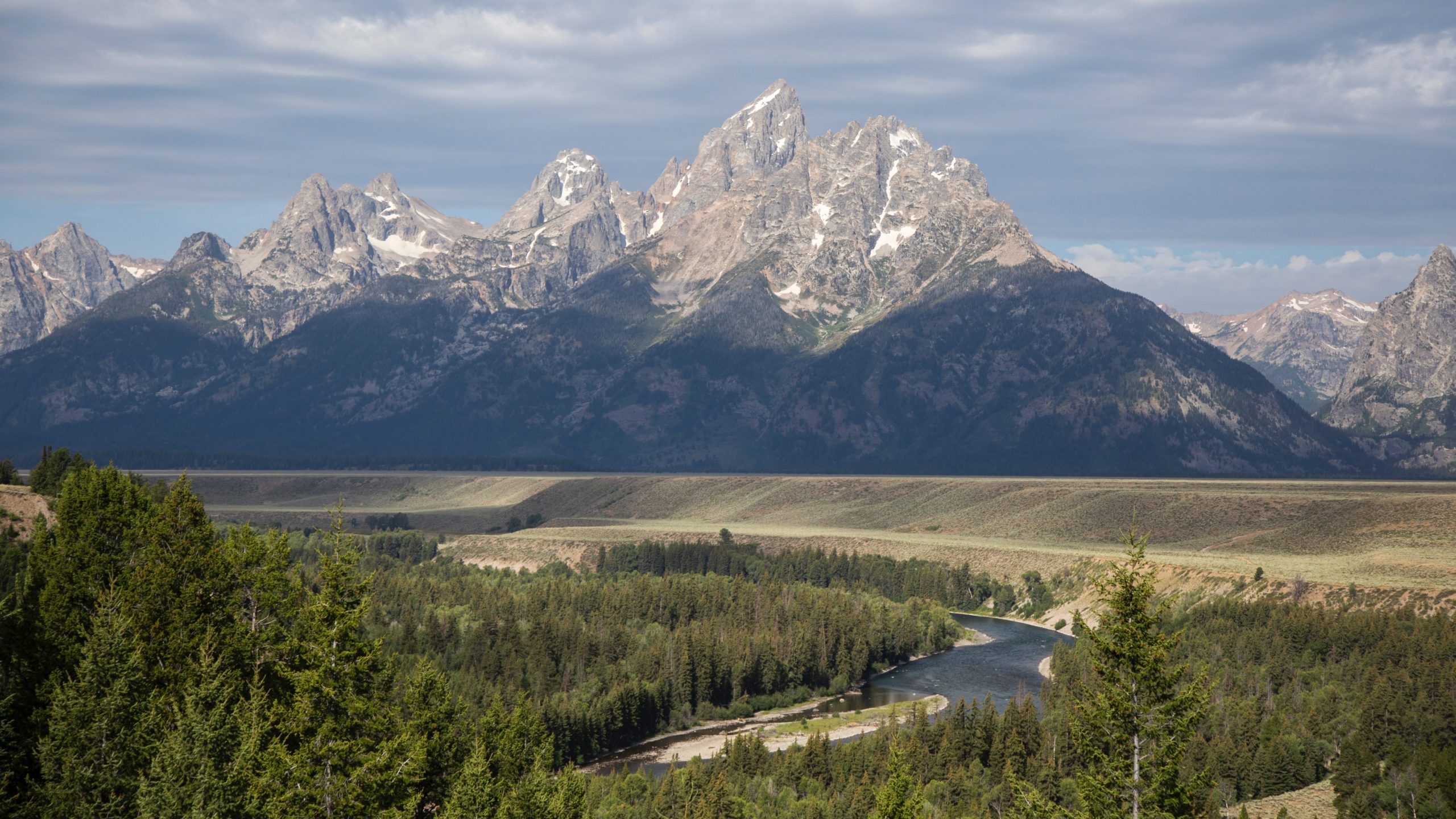
Where To Find Grand Teton National Park:
- Wyoming. Specifically, it’s in Jackson, around 10 miles south of Yellowstone National Park.
- Location: Click here
Bear Types:
- Brown bears
- Grizzly bears
- Black bears
Welcome to Grand Teton National Park, Wyoming, a bear country! You can find a black bear or grizzly bear in the park itself or along the John D. Rockefeller, Jr. Memorial Parkway.
Like all other the best national parks with plenty of bears on their sites, you’re advised to:
- Keep bear spray near.
- Hike in groups, and make noise.
- You can bring your pet to the park, but not on trails, pathways, and waters. Keep them leashed!
- Attend ranger-led programs and ask park rangers to make your visit better.
Aside from the grizzly bear, you can view other animals like elk, bison, and squirrels around Grand Teton National Park.
#5 Great Smoky Mountains National Park
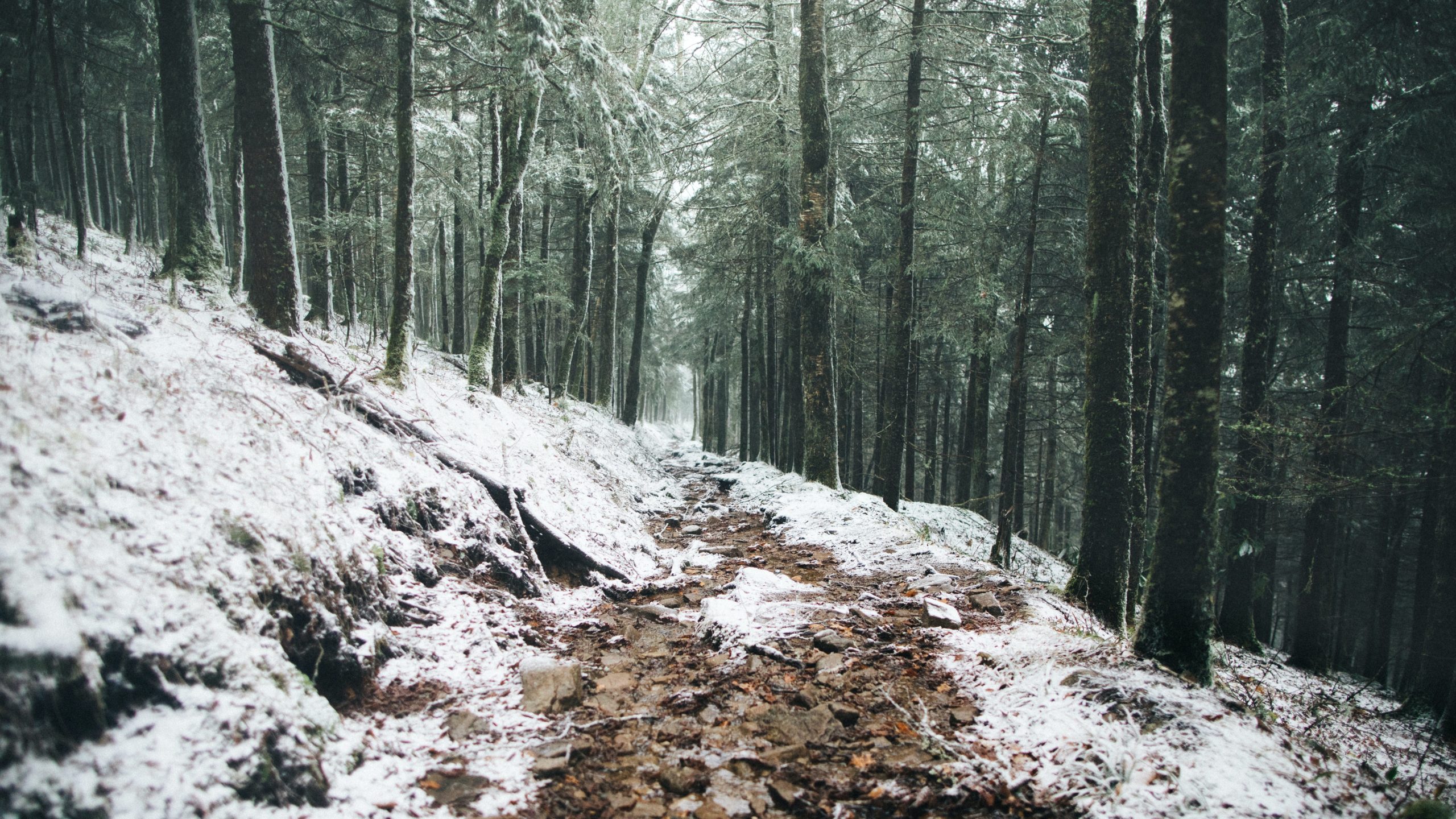
Where To Find the Great Smoky Mountains National Park:
- The park is in both Tennessee and North Carolina! It’s by the ridges of the Great Smoky Mountains, Blue Ridge Mountains, and other mountains of the Appalachian Trail.
- Location: Click here
Bear Types:
- Black bears (around 1,500!)
Established in 1934, the Great Smokies are one of the oldest and most-visited national parks out there. While you’re checking off your bucket list, you can take a peek at the numerous black bears in the area!
The National Park Service lists at least 1,500 black bears in the Great Smoky Mountains National Park. According to their official site, these bears are most active during the early morning and the late evening.
Park volunteers are there to enforce regulations about bears – especially when you have litter and food lying around. They also implement GPS collars to track bears properly.
As you go on the trails, you will see the abundance of flora and fauna. Enjoy the park wildlife and stay safe!
#6 Katmai National Park and Preserve
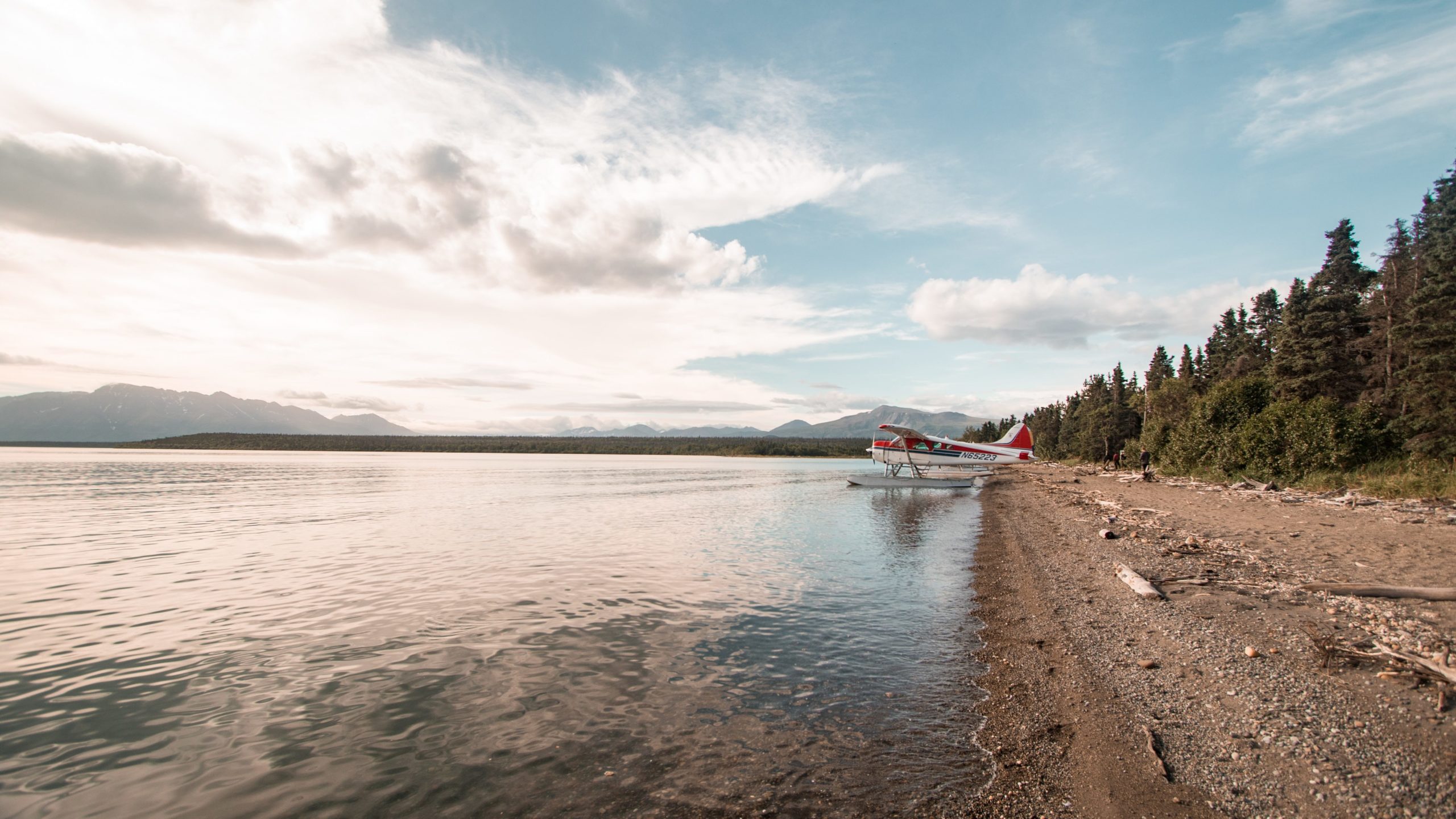
Where To Find Katmai National Park and Preserve:
- You can find the Katmai National Park and Preserve in southern Alaska, especially on the Alaskan Peninsula.
- Location: Click here
Bear Types:
- Brown bears and grizzly bears (around 2,200 brown bears, which outnumber the people on the Alaskan Peninsula!)
In July the salmon starts running at the Katmai National Park and Preserve. The iconic brown bears also come out! This is a good time to visit Alaska and do the following:
- Go to the national park, and hang out by Brooks Camp.
- Study grizzly bears in their natural habitat with other park rangers, park visitors, and scientists.
- Watch a grizzly bear feed through four different centers!
- Enjoy fishing, rafting, and hiking. Make use of one of the few places in Alaska where the grizzly bear species are in abundance – and live their lives naturally.
#7 Rocky Mountains National Park
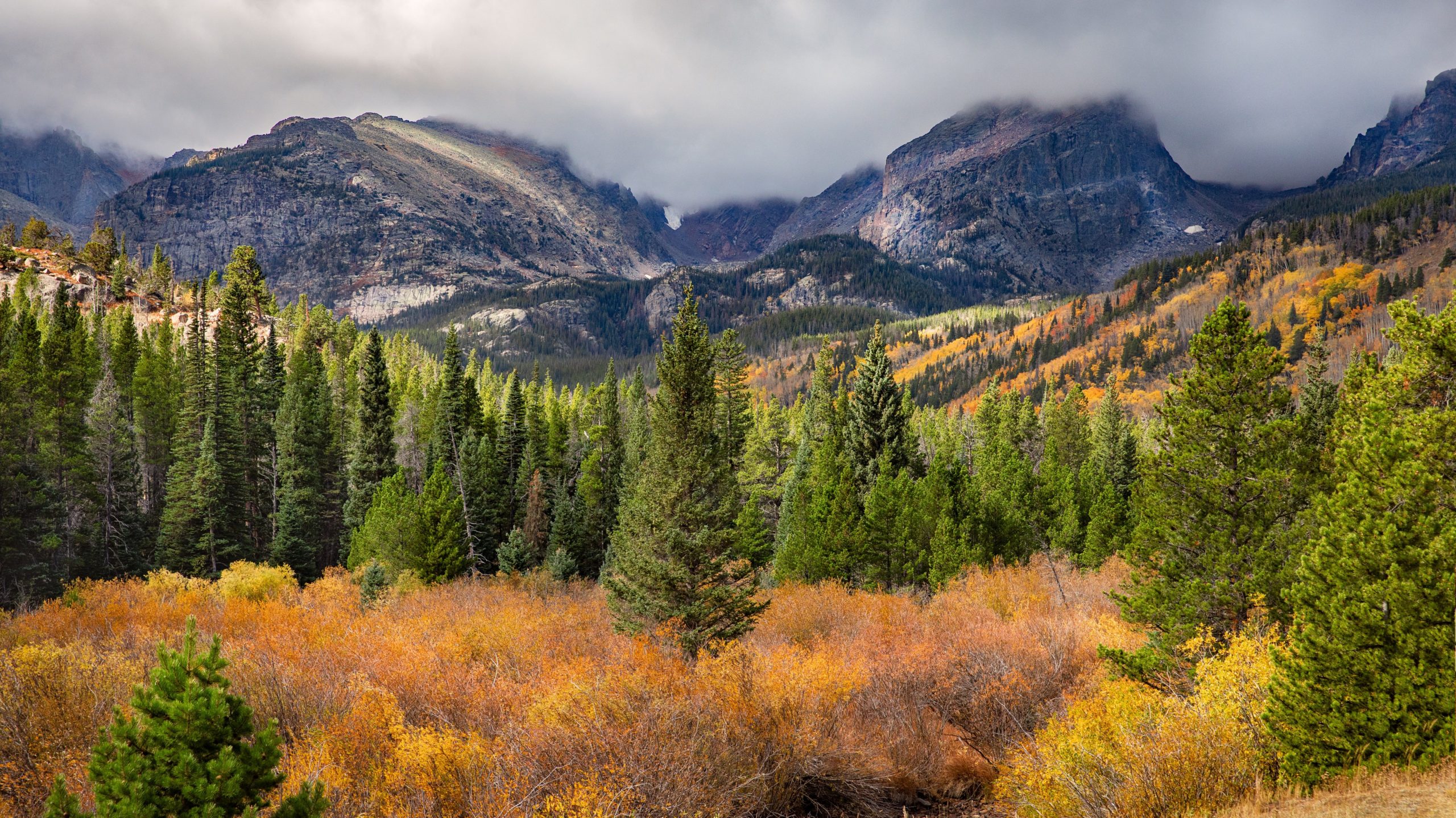
Where to Find the Rocky Mountain National Park:
- Near North Central Colorado and the Front Range
- Location: Click here
Bear Types:
- Black bears (around the 30-50 range)
The Rocky Mountain National Park is one of the most famous national parks in the US!
If you don’t believe me, let the numbers from the NPS convince you: for two straight years, they have had 4 million visitors.
The main attractions of the National Park include:
- The rare black bears
- Foxes
- Some bighorn sheep
- Forests
- Alpine lakes
There are five campgrounds to have access to the wonderful natural sights!
Aside from general park safety, you should also:
- Prepare for extreme weather conditions before you leave your home.
- A road or two may be closed for construction, so search ahead! You don’t want your time in the park to have any sort of inconvenience.
#8 Saguaro National Park
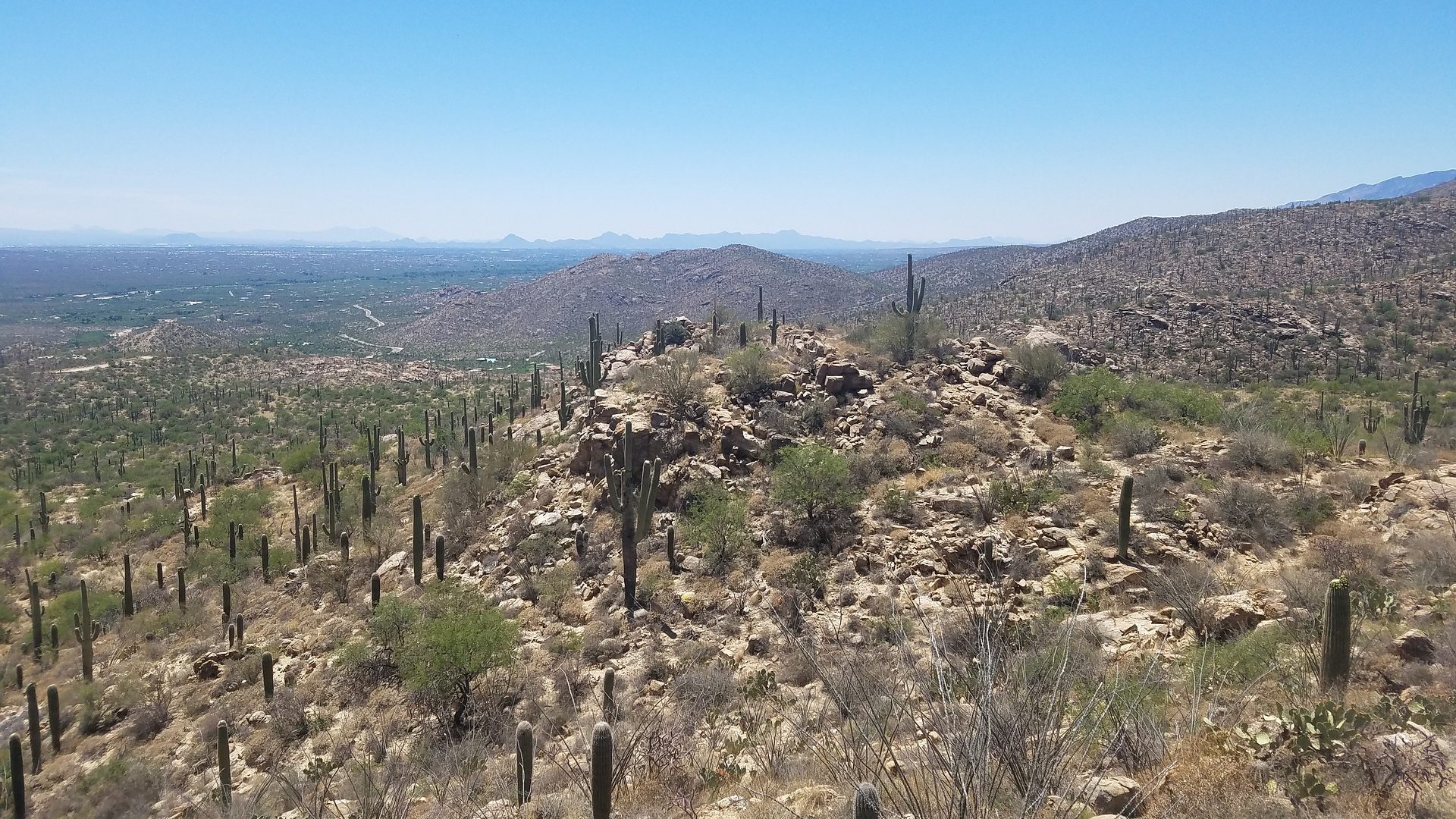
Where to Find the National Park:
- Tucson, Arizona
- Location: Click here
Bear Types:
- Black bears
Visit sunny Arizona and see how much nature national parks can preserve!
Named after the giant and rarely native saguaro cactus, this national park in the USA houses diverse flora, fauna, and animals. In the higher park elevations, you might get a peek of a black bear!
Before you decide to hike up the mountain, you have to remember what the NPS regulations are.
There’s no food around, so you better pack your own and make sure it’s all secure – whether from grizzly or black ones.
As you hike, make sure you have camping supplies and maps. Remember what a human can do when around bears. Safety is a must before you explore desert lands!
Where Else Can You Find Grizzly Bears, Polar Bears, and Black Bears?
Interested in scouring other places where you can see bears in the United States? The National Park Service (NPS) has an interactive map to help you out! Go from Utah to Alaska.
It’s color-coded depending on the type of bear you want to see (grizzly bears, brown bears, black bears, and polar bears).
However, it’s worth noting that the polar bear is rare in the USA. It’s more common in the frozen seas of Alaska, though you’ll discover a bear or two in town.
Safety in Bear National Parks: What You Should Know, Plan, and Pack
Seeing bears is always a treat! However, you have to make sure you know how to stay safe. You don’t want to invite an encounter.
Remember, humans and bears have predator-prey relationships. While an attack can be rare, it’s still best to be safe. I have a comprehensive list of tips below:
A. Know the Following:
#1 Maintain Distance With Bears
Do not crowd or approach bears in national parks! You can see them from a distance and get a closer look with binoculars. Getting too close risks encounters.
If you’re unsure, refer to the national park’s regulations on viewing bears.
#2 Stay With Groups and Trails
Don’t go out into the wildlife on your own! It’s never a good idea – you might get lost.
With groups and trails, surprise encounters with bears are minimal. You should still remember to keep the noise down!
#3 Be Calm, Don’t Rush
Found yourself closer to a bear than usual?
- Don’t let the adrenaline rush make you take risky actions.
- Don’t run or scream.
- Keep yourself calm and move slowly and sideways to get away.
- Raise your arms and let the animal identify you as a human being, not an animal they can hunt and eat.
- Remember: leaving, climbing a tree, or throwing a bag as an obstacle between you won’t work.
Bears can freely run, climb, and chase after you in the wildlife!
#4 Never Approach Female Bears With Cubs
Cubs are practically too cute to handle! However, mama bears are much more protective than the usual bears. Whether they’re on the road or in the park, don’t approach one.
Don’t put yourself in between one female bear and a cub, either. Distance is key.
B. Plan Ahead:
#1 Leave Pets at Home
You’re less likely to control how your pets react to bears in the wild.
For your safety, leave them at home with enough food and water until you get back. The NPS usually notes which park allows pets and which parks never do.
#2 Tell Kids What They Should Do For Safety in the Parks
Prime them with enough information!
Emphasize the importance of distance, slow movement, and calm actions. They should let you pick them up when one encounter happens for safety.
#3 Notice Signs of Bears Right Away
Fur, track marks, scratches, and overturned stones are some signs of bears around the parks. The NPS notes that when you see signs in one place, it’s time to leave – or at least take a detour.
#4 Remember Binoculars
Distanced viewing in parks is exciting! Remember binoculars when going to national parks. If you’re going with friends and family, pack enough for each one.
C. Pack These for Bear Safety:
#1 Bear Spray
Most bears want to leave you alone. In the rare event that one is aggressive and starts to charge or attack:
- One bear pepper spray per person can help.
- As the NPS advises, make sure it’s EPA-approved. When they go through the cloud of spray, you should leave the area promptly!
US National Parks have some different regulations and limitations on carrying and using bear pepper spray. Some don’t even allow its use at all! The NPS has guidelines, as well as Yellowstone National Park.
#2 Secure Food Storage
Get bear-resistant containers that are still easy to open for humans.
Everything that has a scent in your food has to go in there! Too many bears go through garbage and food in parks.
#3 Carry Garbage Bags
Crumbs and leftovers shouldn’t be lying around in the wild, your car, or a tent for their easy access.
Respect nature and keep yourself safe from hungry bears! The NPS advises to keep everything in garbage bags, tie it up, and hike down.
#4 Pack Calorie Dense, Odor-Less Food
For easier traveling in national parks, store up on food that won’t attract bears at all.
However, you have to make sure they still fill you up. Rice, tortilla, peanut bear, nuts, and protein bars are good choices!
How to Identify Between A Grizzly Bear, Polar Bear, and a Black Bear
Grizzly Bear
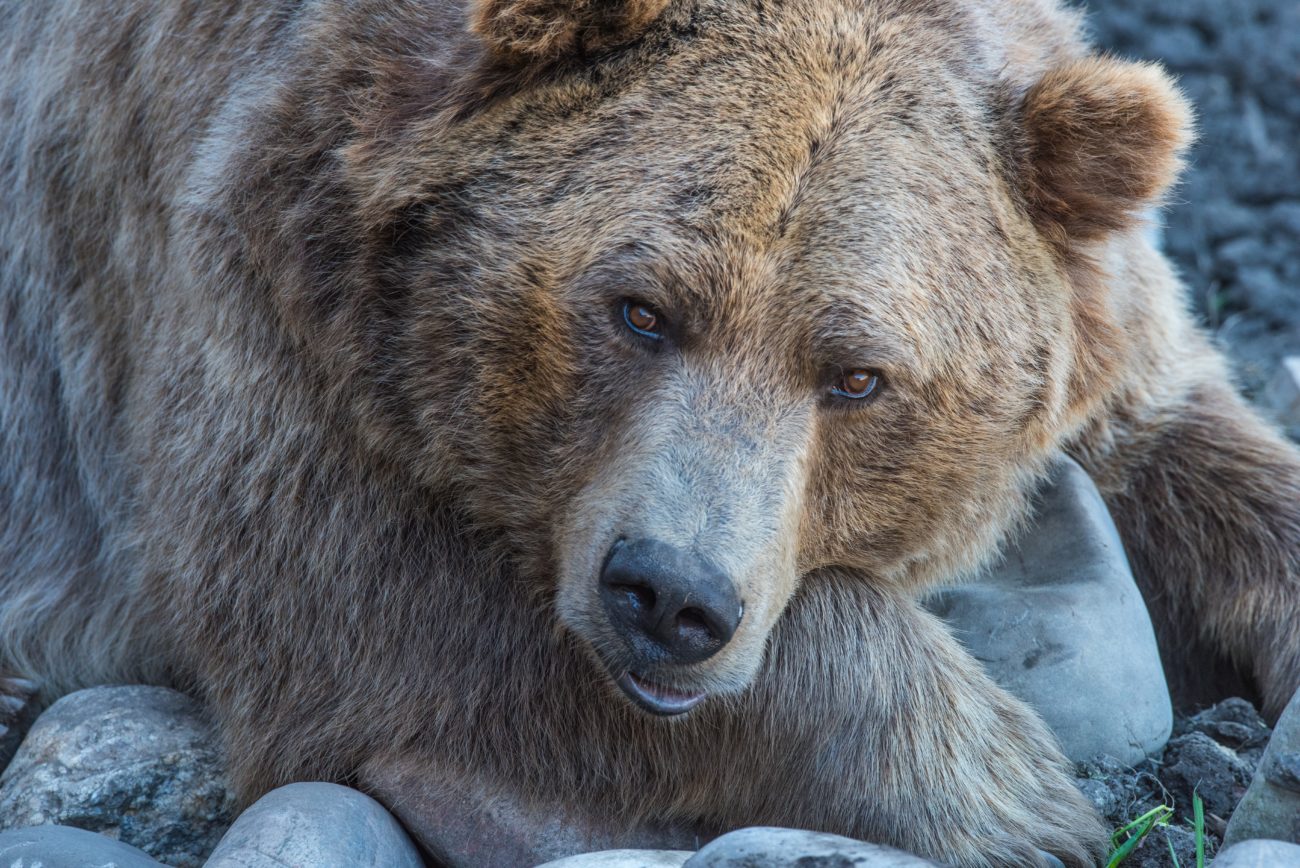
Color:
- Grizzly bears can be black, blonde, or light brown
- Fur can be white-tipped or silver-tipped
Claws:
- Grizzly bears have longer, less curved claws
- Less arched toes
Profile:
- Grizzly bear profiles are dish-shaped, with a ruff
Rump:
- Grizzly shoulders are higher than the rump
Black Bear
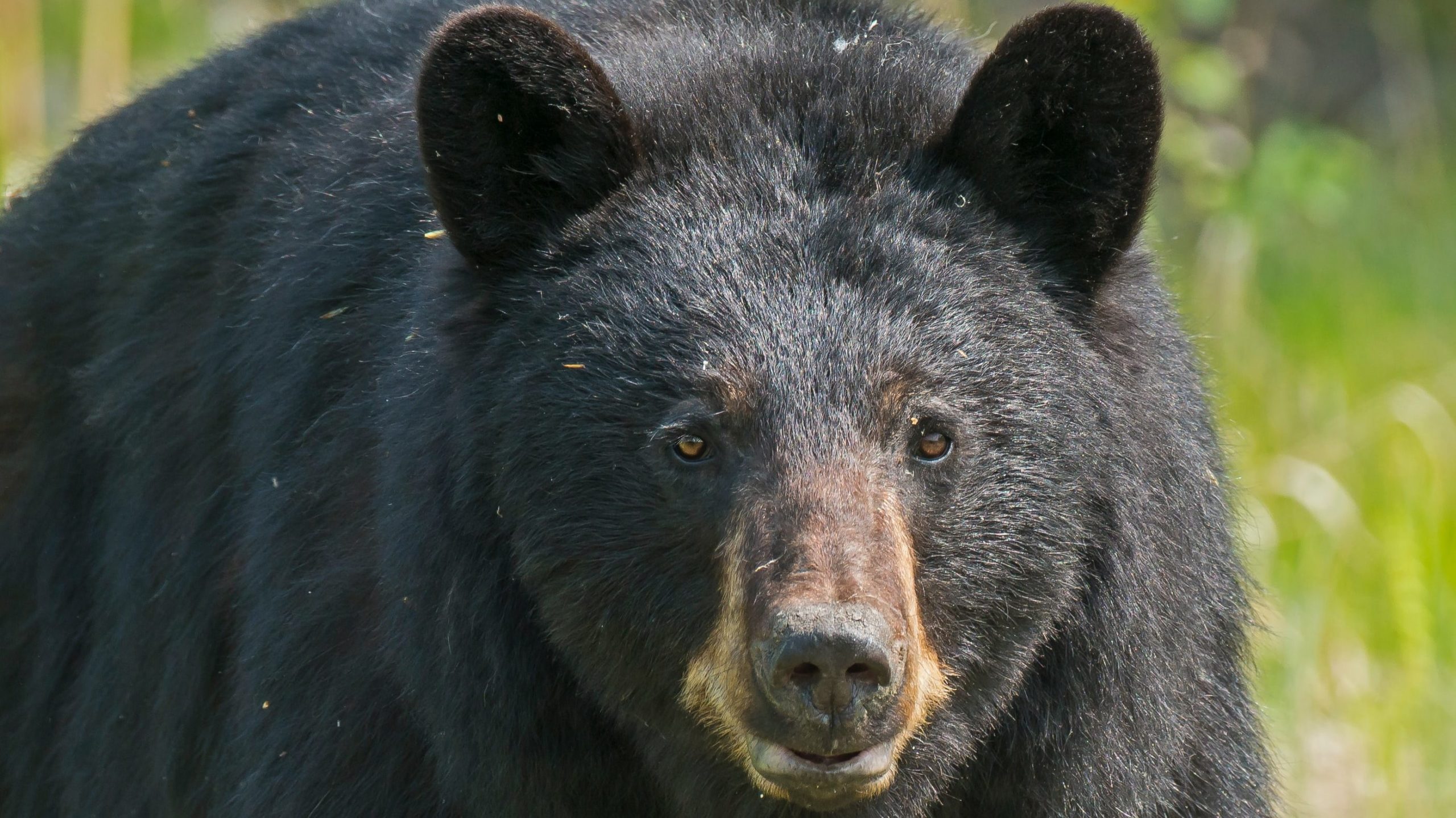
Color:
- Black, brown, cinnamon-brown, or blonde
- Some are a mix of black and light brown
Claws:
- Compared to grizzly bears, black ones have shorter, more arced claws
Profile:
- Straight profile with no ruff
Rump:
- Shoulders lower than rump
Polar Bear
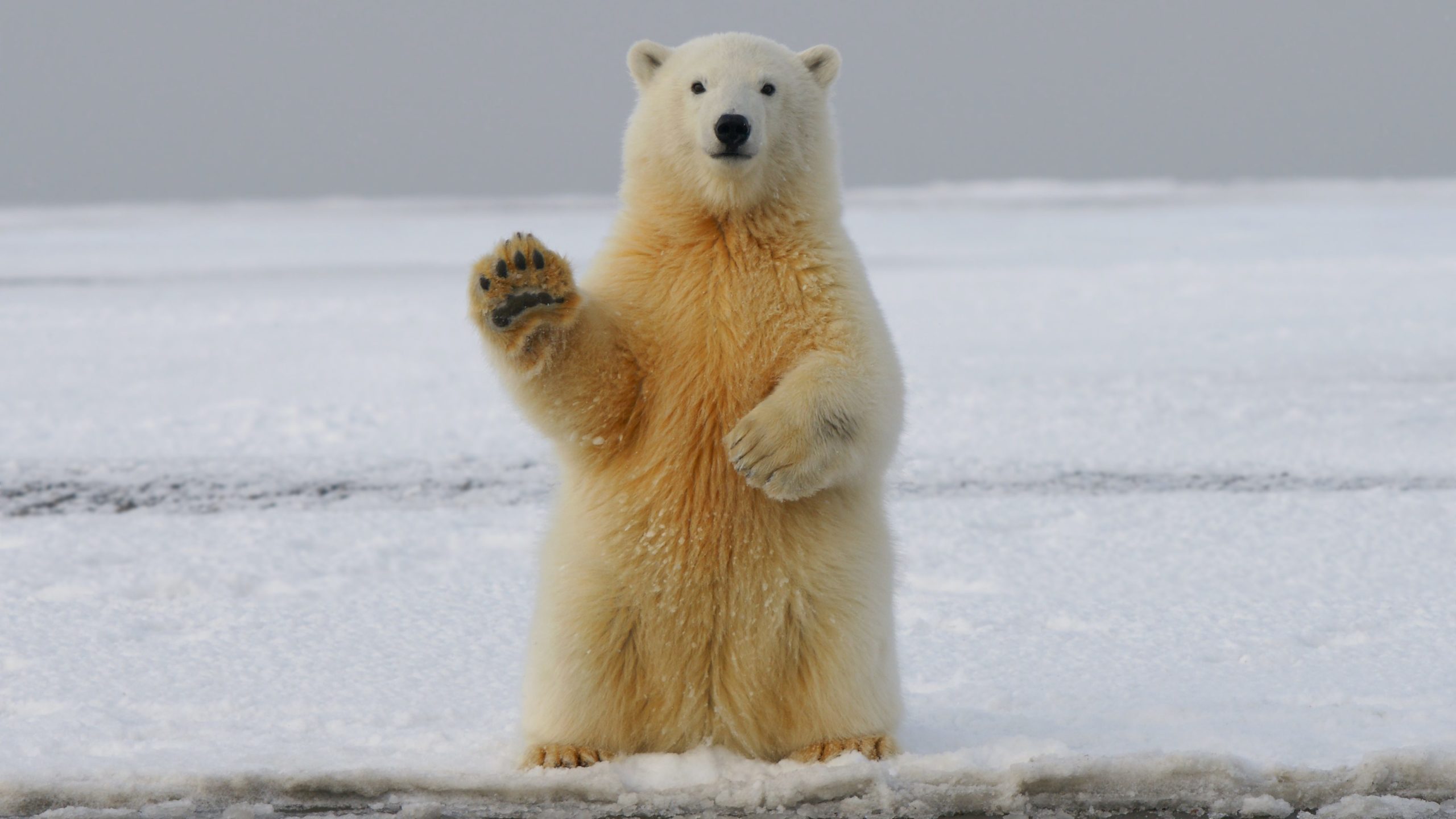
Color:
- Polar bears can be pure white or yellowish
Claws:
- Short claws
Profile:
- Polar bears have thin, narrow profiles
Rump:
- Prominent rump
Brown Bear
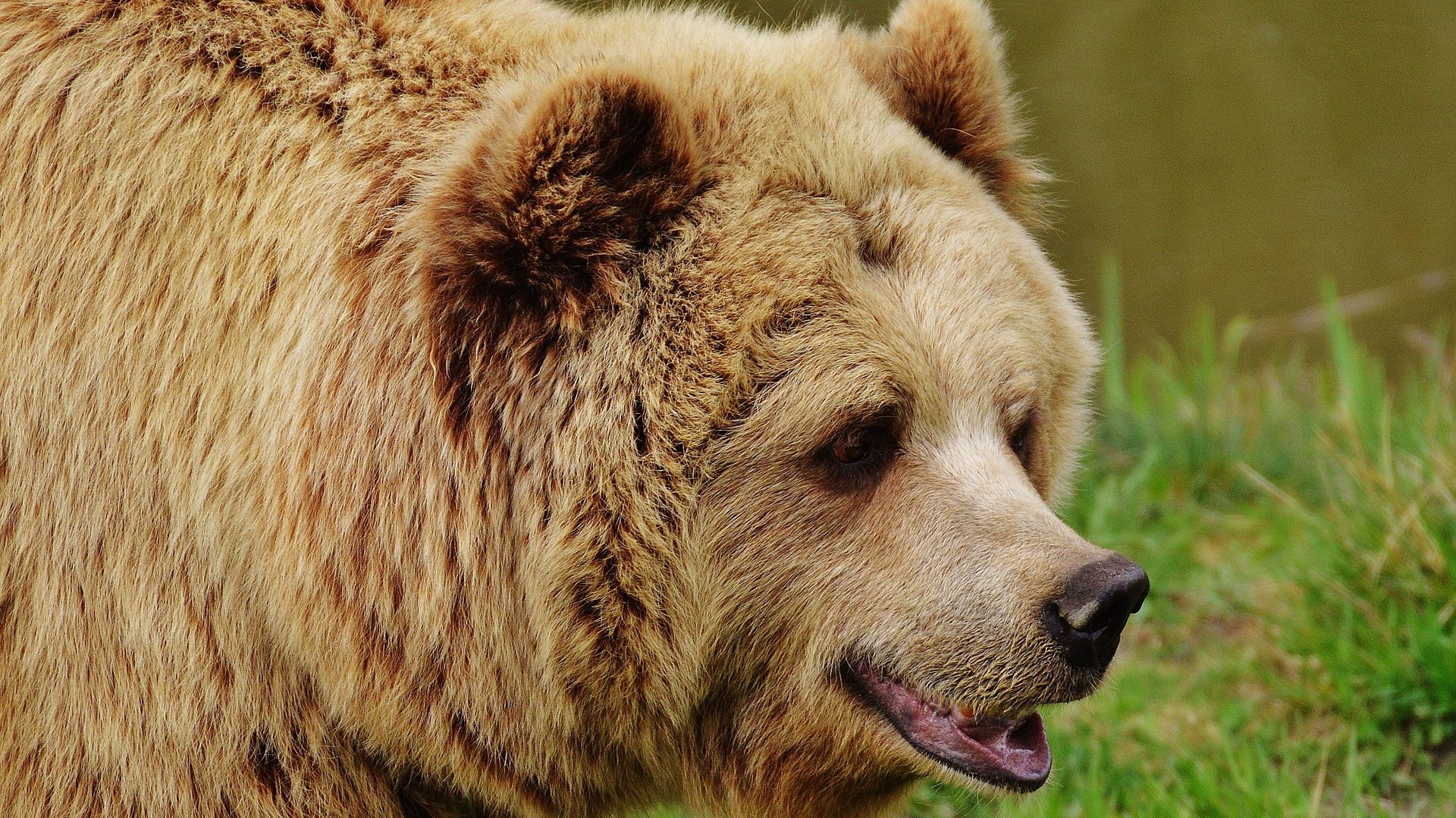
Color:
- Brown, cinnamon-brown
Claws:
- Long, straight claws – 3-5 inches
Profile:
- Prominent shoulder hump, less prominent ears, dish-shaped profile
Rump:
- Low rump
To Sum It Up
Brown bears, grizzly bears, polar bears, and black bears – they’re all a once-in-a-lifetime experience to see.
Thankfully, the USA has the best national parks. With knowledge and care from the one and only NPS, you can get that once-in-a-lifetime experience.
I hope you enjoyed my list of the best national parks! Need more national parks?
Don’t hesitate to read additional information here.

